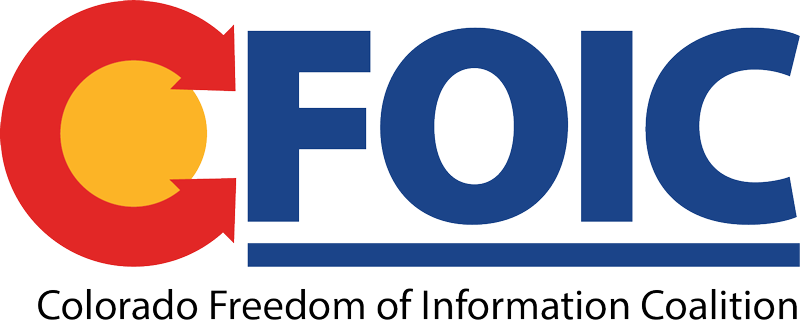From The Pueblo Chieftain: According to a 2015 Gallup poll, only 55 percent of American adults own stocks, meaning that only about half of American adults have a vested interest in the finances of public corporations. Yet the responsibility of funding public education extends to nearly all taxpayers, so almost all taxpayers have a vested interest in the finances of public schools. Why, then, do public corporations have stricter financial reporting requirements than public school districts?
ll publicly traded companies in the United States are required to publish financial reports regularly. These reports are monitored and aggregated by the Securities and Exchange Commission.
SEC requirements create uniformity, so reports look basically the same for companies in each industry. This standardized reporting makes research and investigation incredibly straightforward. In fact, SEC reports are so easy to digest that I was able to download financial information and build a complete financial model of PepsiCo after taking one eight-hour class on a Saturday afternoon during my sophomore year in college.
Colorado has begun to bring similar transparency to our public schools. The enactment of HB1036 required local education providers to disclose their budgets, annual and quarterly financial statements, salary schedules and accounts payable records. HB1292 expanded on that good work by mandating a template for these reports and establishing a state-run website that will, by summer 2017, aggregate the data for public review.
On paper, these requirements seem similar to financial standardization and transparency requirements in the private sector. In reality, they couldn’t be more different.
Visit The Pueblo Chieftain for more.
